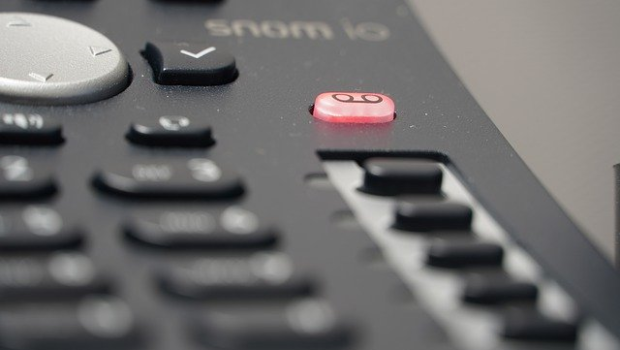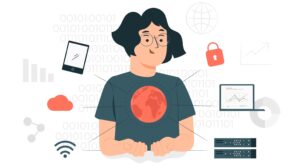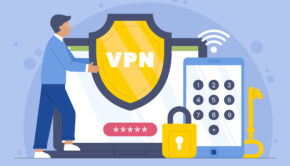Why SIP Trunking Is Beating VOIP PBX Systems
VOIP is becoming the must-have technology for almost all businesses that use telephone communications to conduct everyday business. Although the set up is still quite expensive, once the system is in, firms begin to reap the benefits of low-cost monthly phone bills. However, with Sip trunking, the cost of installation does not have to be expensive anymore!
VOIP (Voice Over Internet Protocol) is a way to send calls over your existing internet connection. The cost involved with the traditional transfer of calls these days is high because the hardware used is expensive, generally quite old, and clunky. The older it is, the more maintenance is required.
Also, the path traditional calls take to cross to an overseas landline often crosses through local service providers that charge astronomical amounts to connect the call. Therefore, when you make an overseas call that is not over a VOIP line, you will see high surcharges added to your phone bill.
Since VOIP runs over the internet, fibre optics, wireless comms, and so on are already in place. Also, VOIP operators are not charged for crossing through another company’s internet wires, and this is quite simply because that is not how the internet works.
What is SIP Trunking?
SIP trunking uses a company’s existing PBX system and makes it VOIP capable. This means a company that does not want to go all out and replace their entire telephony system with a full VOIP enabled PBX can skip the costs of doing so.
Using SIP trunking is arguably as good as using a pure VOIP system. You can still use the old PBX functionalities for voice mail, call management, and voice recordings while the SIP trunk just passes calls made over the internet instead of via traditional telephone lines.
It is the perfect way to test VOIP and start to reap the benefits of low-cost telephone calls. Some businesses will take the savings from telephone bills and put that towards eventually upgrading to a full VOIP system. However, at this point, SIP trunking can also be seen as a permanent solution to create a fully enabled VOIP system.
Business Insider did an article about Session Initiation Protocol (SIP) more than 9 years ago, and just to show how this technology has come forth into the future.

Firms can extend their global reach
A key advantage of installing a Sip trunking system is its low-cost installation costs next to nothing and the saving on bills are around 75 per cent compared to bills from traditional phone companies. The savings are often pumped into expenses to expand a firm’s reach into global markets or markets that were not cost-effective to reach due to the costs of sales calls.
As all calls via the SIP trunk are sent over the wide area network, hence VOIP, the calls do not have added surcharges and in fact, the cost of a VOIP call overseas can be as cheap as a call to a local landline number using traditional non-internet based telephone systems.
Unified Communications
As SIP trunks connect telephone calls over the internet, the system also enables video conferencing, instant messaging services, and can include cloud-based tools as well as tap into collaboration apps. Furthermore, smartphones can be integrated into the system. For example, company mobile can be on the speed dial system.

Can I Use SIP Trunking as a Home VOIP System?
Yes and no. If your company has a SIP trunk in place at its head office, then all you need is a VOIP phone at home that connects to your home internet system. It can then use VPN software to connect to your office system. This way, as with the mobile phone example above, the phone can then also be connected to the office network with an extension number even though the VOIP home is offsite.
As for turning your home system into a VOIP enabled network, both SIP trunking or a VOIP system are going to be very expensive and much like solar power, it is going to take a long time to get a return on your investment.
You are better off signing up to a Skype subscription and using your computer or mobile Skype app for landline and mobile calls. Skype VOIP calls can be incredibly cheap to utilise and save you hundreds of dollars on your phone bill. You can also set it up so Skype account has a land line number or multiple landline numbers.
Adding to this, you can have a landline number in multiple countries so family and friends living abroad can call you from overseas and only be charged a local rate while the cost for this luxury is covered by your subscription.
VOIP Is the Future!
SIP trunking is being introduced because it helps businesses save forking out thousands on a brand new fully integrated VOIP PBX system. However, the concept of VOIP itself which SIP trunks also use is the future for all telephone systems.
As internet speeds improve and governments continue to roll out fibre optics that now expand outside of cities and into rural areas, internet exchanges are now more than capable of handling not just internet traffic for the World Wide Web and apps, but also telephony. In theory, every phone in the world could now be placed onto the internet and the current internet infrastructure could handle it.
Most people are already using VOIP anyways and they do not even know it. WhatsApp, Facetime, and Skype calls are all VOIP comms methods. It is cheaper, it connects us clearly, and we can also use the combination of video and voice in real-time.
It comes as no surprise why SIP trunking is becoming so popular. It beats VOIP systems because it is cheaper than installing a VOIP PBX, and it gives businesses the same granular control over telephone calls from the original PBX with reduced monthly telephone bills.
















